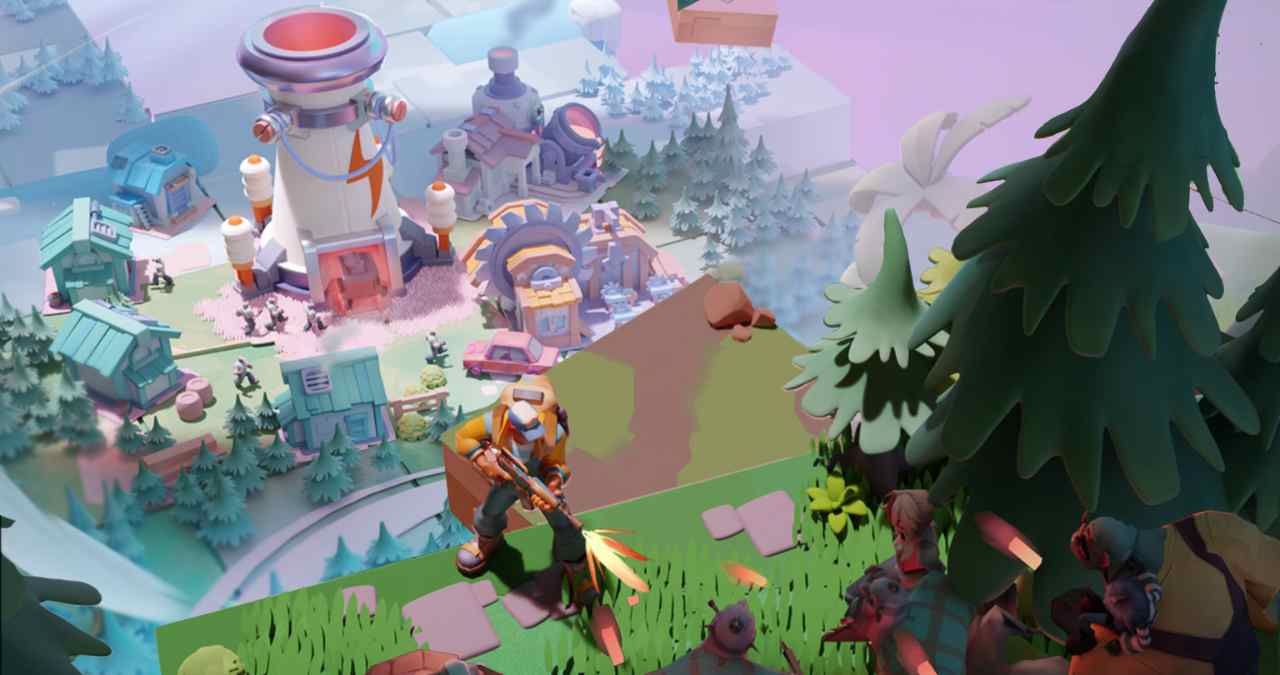A new indie title called Tiles Survive quietly launched this week, and while it’s easy to miss among flashier releases, it’s doing something different. Instead of fast action or deep lore, the game focuses on slow-paced exploration across a grid-based world that reshapes itself with every step.
Built around minimalism and environmental cues, Tiles Survive sits somewhere between a walking sim and a puzzle game. But it doesn’t chase complexity. Its core appeal is how stripped down everything feels, inviting players to figure things out through trial, error, and quiet observation.
A Procedural World Built on Simplicity
At its foundation, Tiles Survive is made of as the name suggests tiles. Each one has its own function, behavior, or consequence. Some are safe. Some trigger changes. Others might push you back or reshape the path entirely. The game doesn’t tell you what’s what. You learn by moving.
What makes it interesting is that the tile layouts are procedurally generated, so no two runs are the same. That randomization keeps things fresh, but it also means progress is more about adapting than memorizing. It’s less about solving puzzles and more about navigating shifting logic.
No Enemies, No Timers, Just Movement
There’s no combat, no countdown, and no real failure state. The main loop is about exploring, adjusting, and continuing forward. It’s designed to be low-stress, with no pressure to beat the game or hit milestones. That alone makes it stand out from most survival or exploration games that lean hard into mechanics or threats.
If anything, Tiles Survive feels like a reaction to overstimulation. It doesn’t overload you with options. It strips the genre down to a core set of interactions and then lets you move at your own pace. For players who want something ambient and experimental, it’s a refreshing shift.
Clean Visuals and Subtle Clues
Visually, the game keeps things extremely simple mostly abstract shapes, soft palettes, and light effects. It leans on design over detail. The tiles themselves are the language of the world, and learning to read them is part of the experience.
The sound design supports that tone. There’s no dramatic score or voiceover. Instead, it relies on ambient cues and subtle shifts to let you know when something’s changed or a new tile behavior is in play. It rewards attention, not aggression.
PC Release, With Possible Expansion Later
Right now, Tiles Survive is only available on PC. There’s no word on other platforms yet, and given the scale of the game, it may stay that way for a while. But its lightweight design could easily work on handhelds or mobile if the devs decide to expand later.
In a market full of loud, high-concept games, Tiles Survive feels like a quiet experiment one that asks you to slow down, look closely, and see what happens when the game doesn’t explain itself. Whether that clicks depends on the player, but it’s doing something clear and deliberate.
Mobile Game Addict & Casual Gaming Critic
She’s played more mobile games than most people have downloaded. TAPTAPTAP is fast, fierce, and funny — reviewing the latest hypercasual hits, idle clickers, and gacha grinds with real talk and zero fluff.




